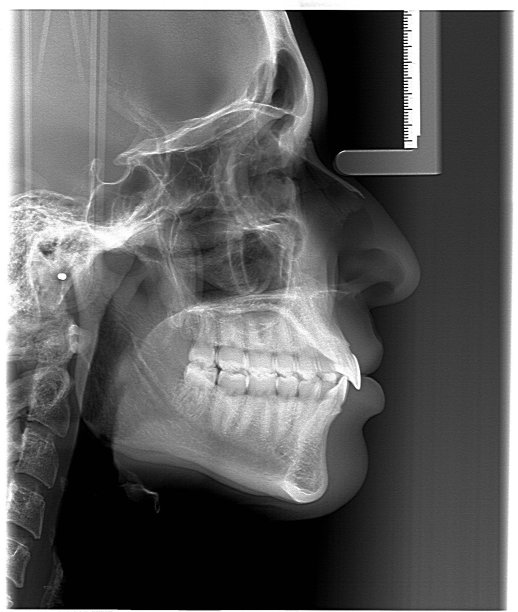Essential Considerations and Safety Measures to Ensure Successful Dental Implantation Procedures
Summary: Dental implantation is a complex yet rewarding procedure that restores functionality and aesthetics to patients suffering from tooth loss. This article delves into essential considerations and safety measures that contribute to the success of dental implant procedures. It discusses patient assessment, implant material selection, surgical techniques, and post-operative care. Each aspect is explored in depth to provide a comprehensive view of what practitioners and patients alike must keep in mind for successful outcomes. By adhering to these considerations and safety measures, dental professionals can enhance the effectiveness of implant treatments and improve patient satisfaction.
1. Comprehensive Patient Assessment Procedures

Before considering dental implants, a thorough patient assessment is crucial. This includes a detailed medical history, which helps identify any underlying conditions that could pose risks during surgery. The dentist or oral surgeon should gather information about the patient’s current medications, allergies, and pre-existing health issues such as diabetes, which may hinder healing.
Moreover, a careful examination of the oral cavity is necessary. This includes evaluating the condition of the jawbone and gums to determine if they can support an implant. Diagnostic imaging, such as X-rays or 3D scans, may be utilized to assess the density and volume of the bone, crucial factors determining the feasibility of the procedure.
Finally, patient expectations must also be discussed during the assessment phase. Clear communication regarding the process, potential risks, and expected outcomes can significantly improve patient compliance and satisfaction with the entire treatment.
2. The Importance of Selecting Appropriate Implant Materials
The success of dental implantation largely depends on the type of materials used. Titanium remains the gold standard for dental implants due to its biocompatibility and durability. It integrates well with bone tissue, minimizing the risk of rejection and promoting long-term stability.
In recent years, alternative materials, such as zirconia, have gained popularity. Known for its aesthetic appeal and resistance to corrosion, zirconia may be a suitable option for patients who prioritize appearance. Dental professionals must consider each patients unique needs and preferences when selecting implant materials.
Furthermore, understanding the surface modifications and coatings on implants can also play a significant role in their success. These advancements can enhance osseointegration, the process by which the implant fuses with the jawbone, ultimately leading to a more stable and enduring result.
3. Best Surgical Techniques for Implant Placement
Successful surgical techniques are paramount in ensuring the longevity and effectiveness of dental implants. The procedure typically involves preparing the implant site, which necessitates precise drilling and careful handling to avoid damaging surrounding structures. Using dental guides can enhance accuracy and reduce the chances of complications.
Minimally invasive techniques, such as flapless surgery, may also be considered, as they tend to result in less postoperative discomfort and quicker recovery times. Ensuring that an aseptic environment is maintained throughout the procedure is critical to prevent infections, a common risk factor that can jeopardize the success of the implant.
Furthermore, the experience and skill of the surgeon can significantly influence the outcome of the implant surgery. Ongoing education and training are essential for dental professionals to keep up with the latest techniques and technologies in the field.
4. Post-operative Care for Optimal Recovery
Post-operative care is crucial for ensuring the successful integration of dental implants. Following surgery, patients should receive clear instructions regarding oral hygiene practices, dietary recommendations, and physical activity limitations. Maintaining proper oral hygiene prevents infections that could compromise the implant.
Regular follow-up appointments are essential for monitoring the patients recovery and addressing any concerns that may arise. These visits allow the dental professional to assess osseointegration and make necessary adjustments, if needed.
Additionally, the management of pain and discomfort post-surgery is equally important. Providing appropriate pain relief medications can greatly enhance a patients comfort and encourage adherence to follow-up care.
Summary:
To sum up, successful dental implantation hinges on a combination of thorough patient assessment, careful selection of materials, appropriate surgical techniques, and diligent post-operative care. By addressing these essential considerations and safety measures, dental professionals can optimize implant outcomes and ensure patient satisfaction.
This article is compiled by Vickong Dental and the content is for reference only.


